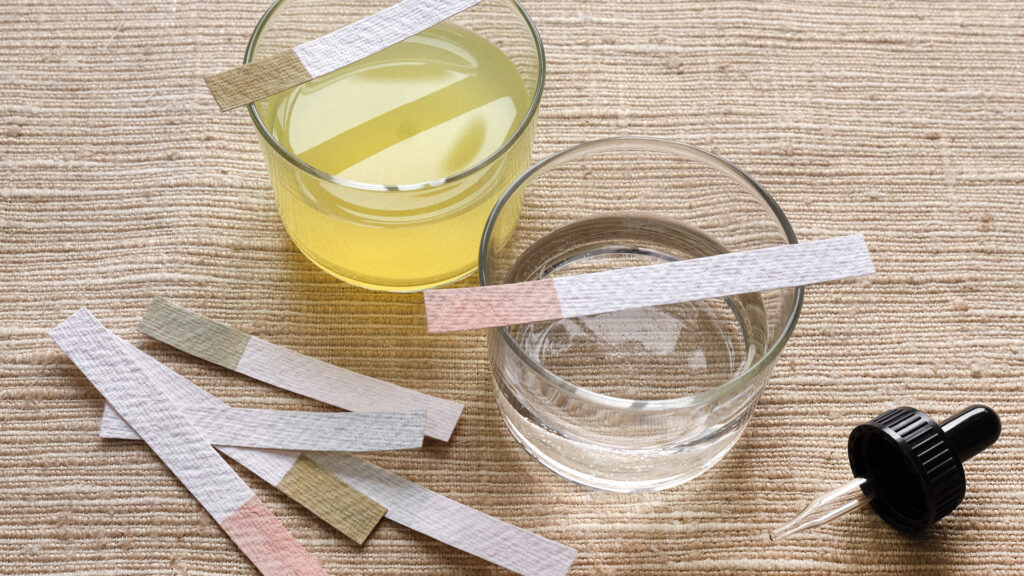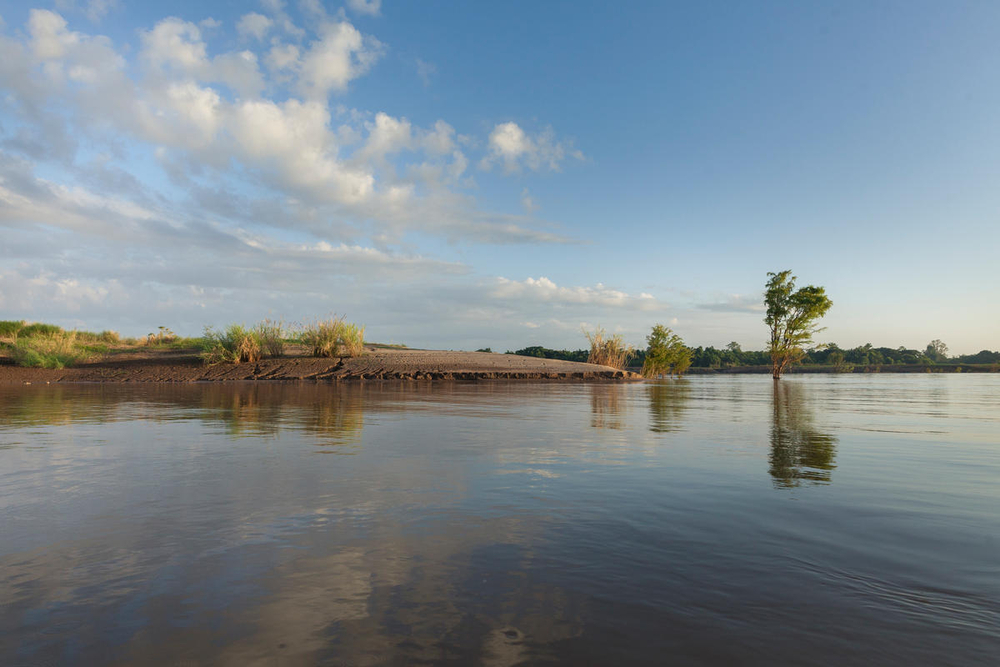- 564 of our textile and leather suppliers enrolled in ZDHC programs, achieving 99.5% compliance for wastewater and 97%for chemical input. 90% of the chemicals in our supply chain come from ZDHC Gateway and we started to integrate third-party data assurance on our input data through ZDHC InCheck CIL Verification.
- Achieved Aspirational level for ZDHC’s Brands to Zero assessment for the third year in a row.
- Developed a framework for sustainable chemistry with ZDHC through the Chemicals to Zero Aspirational Level.

















